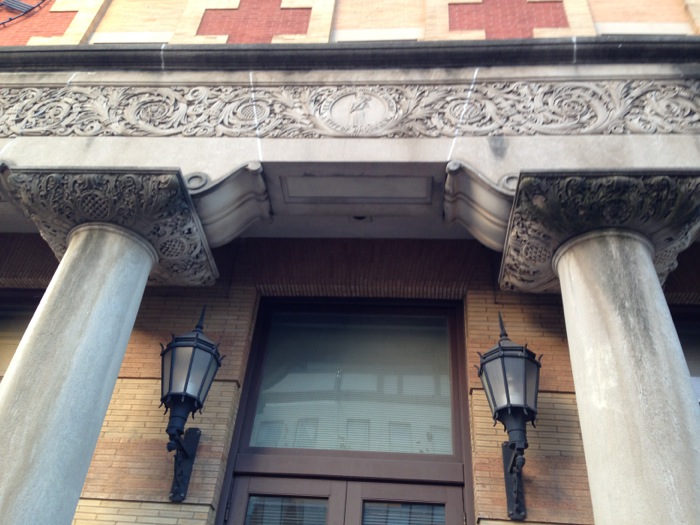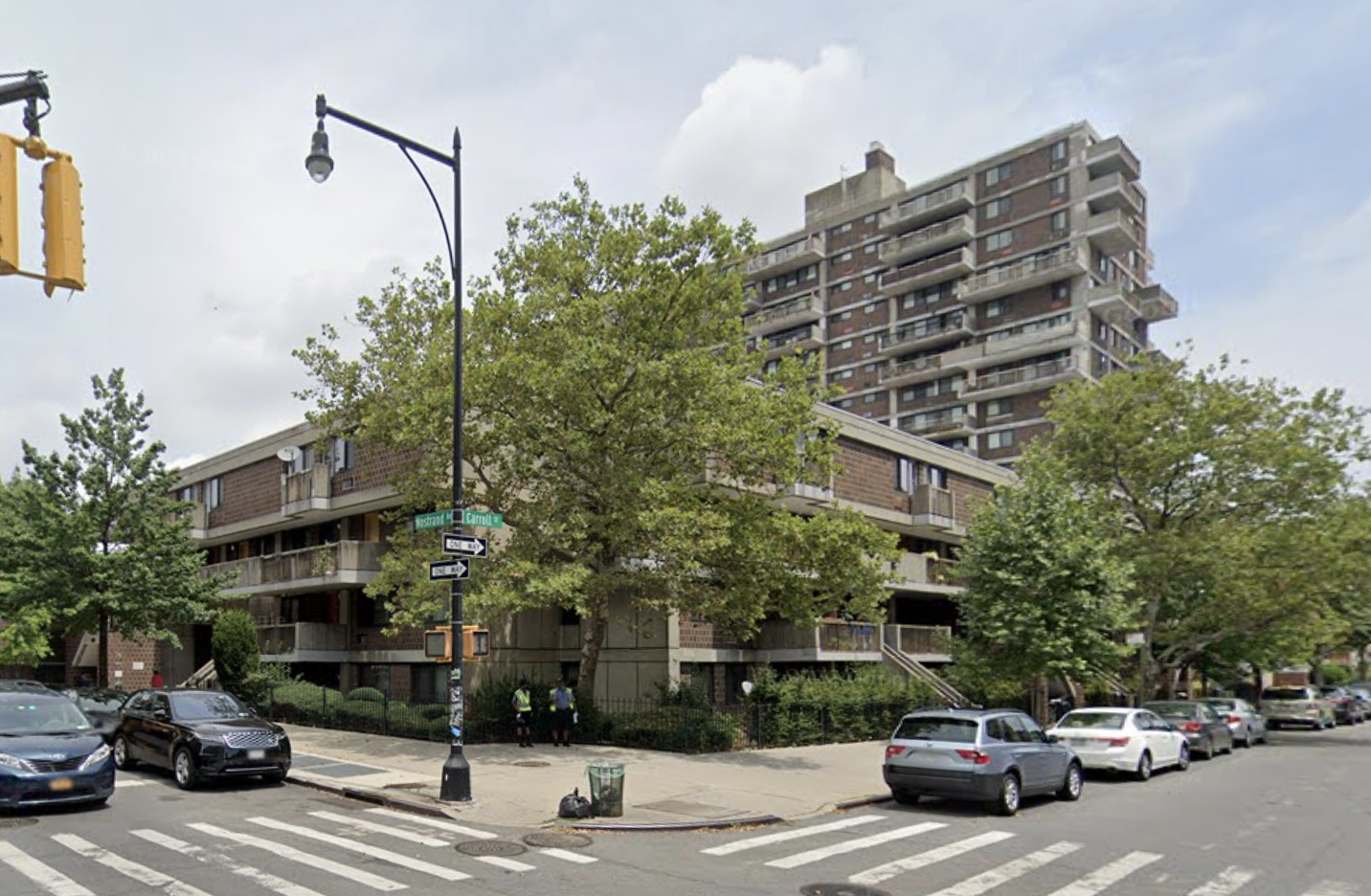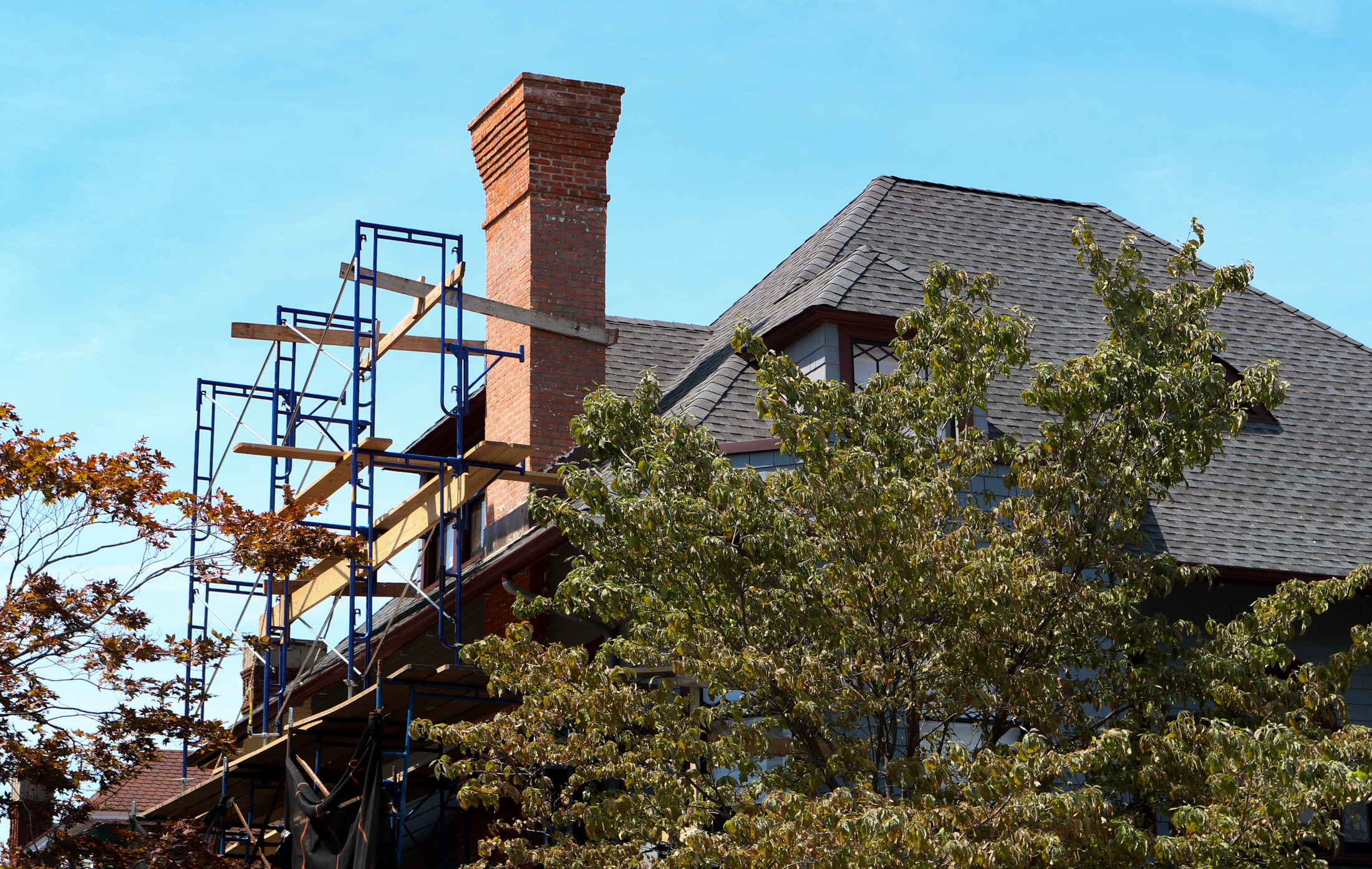Walkabout: Policing the “Great Mistake,” Part 2
Read Part 1, Part 3, and Part 4 of this story. Up until 1895, New York City had the reputation of having the most corrupt police department in the country. Like most City agencies at the time, the police owed their allegiance not to the people, or even to each other, but to Tammany Hall;…


Read Part 1, Part 3, and Part 4 of this story.
Up until 1895, New York City had the reputation of having the most corrupt police department in the country. Like most City agencies at the time, the police owed their allegiance not to the people, or even to each other, but to Tammany Hall; the political “machine” that ran New York.
Tammany had a hand in who was hired, who was promoted, who was protected, and who you paid off. There was no such thing as “Protect and Serve,” it was more like “Show me the money.”
Then Theodore Roosevelt became President of the Commission of Police. Like the sheriff coming into the lawless town in the Old West, Roosevelt brought law and order to a department that had forgotten what that was.
Personally, I find this part of Teddy Roosevelt’s life and career much more fascinating than his war years or his presidency. He risked a lot becoming Police Commissioner, including his life. Unlike when charging up San Juan Hill, in this war, his enemies were in suits and bowler hats, or in the uniforms of the police department he was charged to lead.
Since this story isn’t really about him, though – long story short, Roosevelt cleaned up the force. He was scrupulously honest, and he took his job very seriously. In the two years he was Commissioner, he changed the NYC Police Department forever.
He got rid of many of the Tammany appointees and flunkies. He instituted physical exams, and firearms training and inspection.
He insisted on hiring men based on their physical and mental qualifications, not their political alliances. He established the Meritorious Service Medals, and had telephones installed in all of the precinct houses. Since the telephone had been around for at least 20 years at that point, it was about time.
He also was hands-on, going out late at night or early in the morning to check to see if officers were actually on their beats. And he became friends with muckraker journalist Jacob Riis, and went out with him to see the horrible conditions of the poor in the slums, and instituted police policies to help the poor, as well as the rich.
Tammany couldn’t touch him, because he wasn’t beholden to anyone. He didn’t need their money, so the obvious available bribes and payoffs were not going to work.
More than anyone of his age, Roosevelt reformed the police department, setting it up for the 20th century. After two years as Commissioner, he offended enough people in power to get his position phased out, and he left office in 1897, ready to go on to bigger and better things.
He became Governor of New York State in 1898. One of the bills he signed into law got rid of a commission of police commissioners, and gave all of the authority to one Police Commissioner. The next guy who ruffled feathers would not get phased out quite as easily as he was.
That was the same year New York, Brooklyn, and the other boroughs consolidated into Greater New York City. The police commissioner of the new city police force would have more power than Roosevelt ever had. He would also have to deal with the same Tammany Hall politics that his predecessor did.
This man would have to coordinate and combine eighteen separate police forces into one police department. It would have been a perfect job for Roosevelt, but he was gone.
The job had to go to someone who had experience leading a department, and so the current Chief of Police of Manhattan became the first Police Chief of New York City. His name was John McCullagh.
McCullagh, as stated in Part One of this story, was not Mayor Augustus VanWyck’s choice. He wanted a police captain named William S. Devery to be Chief. Devery was a Tammany man, and McCullagh was a hated Republican who would not be taking orders from Boss Richard Croker, the head of Tammany Hall.
But Devery did not have the rank for the job, so while McCullagh was chief, Tammany arranged to have Devery quietly promoted, lining him up for the job. McCullagh knew his days were numbered, but like Teddy Roosevelt, he was an honest man, and began shaping the police department up while he could.
His first job was to inspect all of his station houses and equipment, and that inspection found that the entire city needed upgrading. He instituted programs to bring in new equipment and modernize police precinct houses in all of the boroughs.
Many of Brooklyn’s precincts had the same numbers as Manhattan precincts, since they were independent police forces before 1898; so many Brooklyn precincts were given new numbers. McCullagh also established some new precincts in the still developing neighborhoods of Brooklyn.
At this point in time, all of the 271 detectives in the police department worked out of Manhattan’s Police Headquarters on Mulberry Street. McCullagh wanted to spread them around to all of the precincts, but here he was met with fierce resistance.
It turned out that the detectives were the main conduits of the payoffs to and from Tammany Hall to local politicians and ward leaders. When McCullagh sent his recommendation to City Hall, Mayor Van Wyck sat on it as long as he could, delaying the transfer of detectives out of central HQ.
McCullagh also wanted to try some new procedures and tactics. Combining the forces of all the boroughs was tough for obvious reasons, everyone had operated independently, had their own ways of doing things, and especially in Brooklyn, were used to being their own force, answering only to Brooklyn.
Even the uniforms were all different, as were the weapons, and that too would need to be standardized. In February of 1898, only a month into the new police department, McCullagh implemented a new program he called the “Giant Squad.”
The Giant Squad was an attempt at neighborhood policing. The Chief wanted large men over six feet tall to work in the busy intersections of the city.
They would be easy to see, if anyone needed help, and they would themselves be better able to see over everyone else, and be able to catch perpetrators of street crime, or even the ever popular “trolley dodging.” Here in Brooklyn, he wanted a squad of twenty “giants” to patrol busy Fulton Street, along the civic, shopping and theater corridor.
There would be men on Court Street, near the municipal buildings, along Fulton, where shoppers were, and down around the intersection of Fulton and Flatbush, where many of the theaters stood.
There would also be a couple of men on Broadway, in Williamsburg. Most of them were to be stationed downtown, with two on Broadway and one man would be stationed at Fulton and Bedford, another busy intersection, as this was also the Bedford stop of the LIRR.
Needless to say, this idea was roundly ridiculed by the old-timers in the old Brooklyn PD. They recalled when the idea had been tried before, and one exceptionally tall patrolman had stood in an intersection at Fulton and had gotten run over by a trolley car. He was in the hospital for months.
They roared over that one, according to an Eagle reporter. They argued that the “shorties,” the officers of a more average height, were doing just fine. They were, in fact, better at the job, they insisted, because they were more nimble and speedier in chasing suspects than their more gangly brothers in uniform.
But McCullagh was Chief, and he got what he wanted. A Giant Squad was formed, working out of the Adams Street Station, which was located about where the downtown Marriot Hotel is now.
The maximum height of any of the officers in the entire department was 6 foot, 3 ½ inches tall, and enough of them were found to make the squad. The Brooklyn Eagle wrote about the squad, also noting that McCullagh’s pet project would not have applied to him, as he was not a tall man, himself.
You have to feel for Chief McCullagh. He did not have the support of his mayor. There was a looming threat to his job by an up and coming political hack. In spite of the housecleaning that his former boss Teddy Roosevelt had undertaken, much of the Manhattan force was still under the influence of Boss Croker, either directly, or by intimidation or instruction from their superiors.
On top of that, he now had to worry about integrating the Brooklyn, Staten Island and Queens departments into his Manhattan and Bronx operations. And Brooklyn was being difficult, and had no respect for him. Brooklyn was certainly being difficult!
Next time: Brooklyn’s police department had been forced into this marriage with Manhattan. They were not going to go quietly to the honeymoon. More problems, many of them really rather petty, in the overall scheme of things, ensue. The transition of Brooklyn PD into NYPD, in the wake of the Great Mistake, continues.
(Photo: C.Corcoran. Wilson Avenue Precinct, architect: William Tubby)





What's Your Take? Leave a Comment